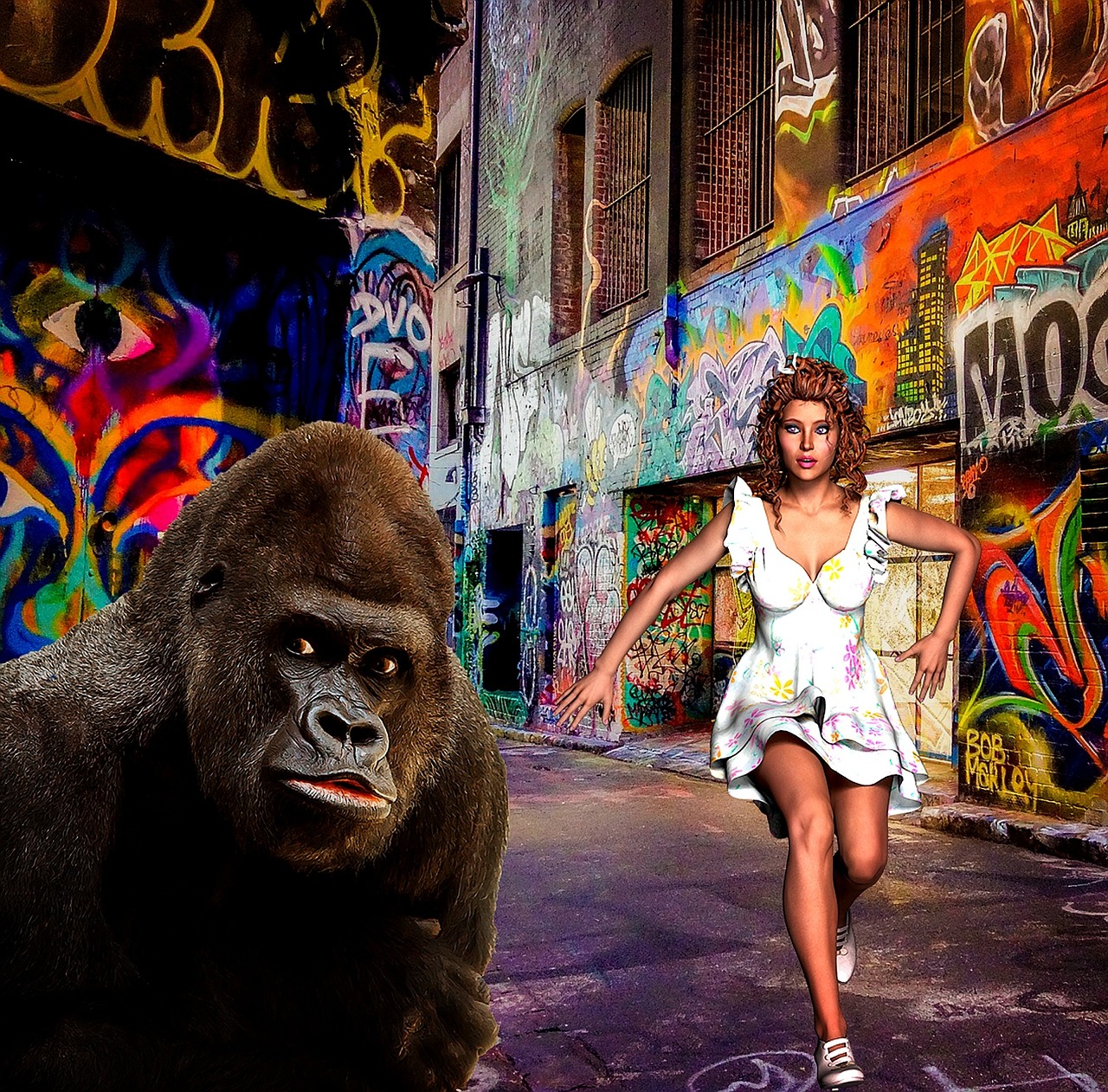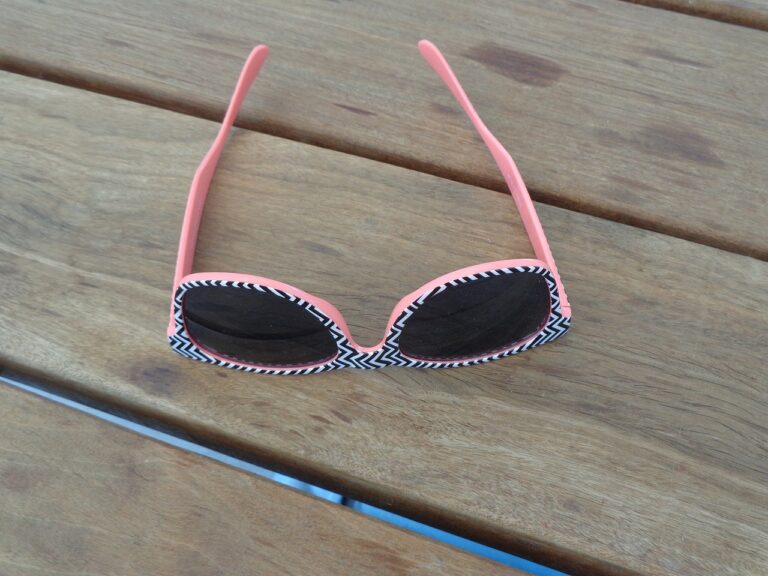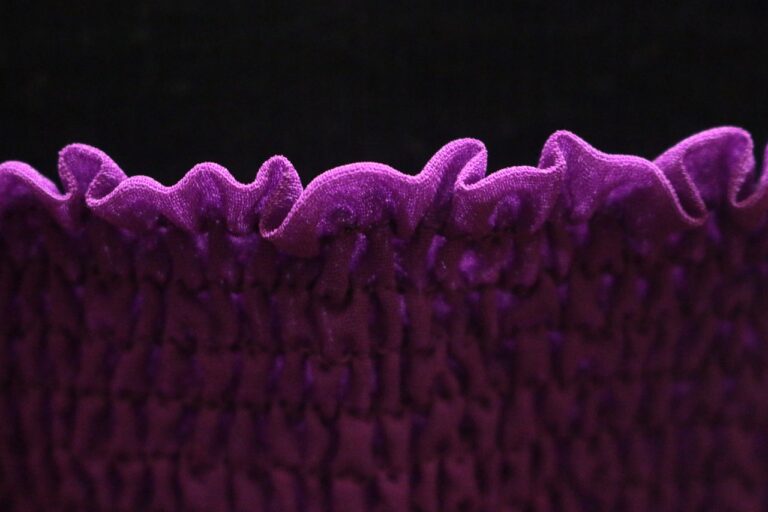Fashion and Architecture: Exploring Architectural Influences in Clothing Design
Architectural elements often find their way into the world of clothing design, seamlessly blending the worlds of architecture and fashion. From structural silhouettes to intricate detailing, designers draw inspiration from various architectural styles to create innovative and unique garments. The use of geometric shapes, sharp lines, and bold forms mirror the construction and design principles seen in architecture, adding a sense of dimension and artistry to clothing.
The incorporation of architectural elements into clothing design not only adds visual interest but also showcases the designer’s creativity and attention to detail. Whether it’s the use of asymmetrical cuts, sculptural draping, or innovative fabrics that mimic building materials, these architectural influences can transform a simple garment into a wearable piece of art. By fusing the worlds of fashion and architecture, designers are able to push boundaries, challenge traditional notions of clothing construction, and create avant-garde pieces that captivate and inspire.
Historical Influences on Fashion and Architecture
The intricate relationship between fashion and architecture dates back centuries, with both art forms drawing inspiration from each other. Throughout history, we have seen how architectural elements have influenced the design of clothing, and vice versa. The grandeur and geometry of architectural structures often find their way into the lines, shapes, and silhouettes of garments, creating a seamless blend of two seemingly distinct worlds.
From ancient civilizations to the Renaissance period and beyond, the echoes of architectural styles can be found in the fabrics and embellishments of fashion. The symmetry of columns, the ornate details of facades, and the play of light and shadow in architecture have all left their mark on the evolution of clothing design. It is fascinating to observe how historical influences continue to shape the aesthetics and sensibilities of both industries, creating a timeless dialogue between fashion and architecture.
Modern Architecture’s Impact on Fashion Trends
Modern architecture has played a significant role in shaping current fashion trends. The clean lines, sleek angles, and minimalist aesthetics often seen in modern architecture have found their way into the designs of contemporary clothing. Designers look to modern buildings for inspiration, translating elements such as structural shapes and material textures into garments that exude modernity and sophistication. This influence can be seen in the use of sharp tailoring, geometric patterns, and the incorporation of industrial materials in modern fashion collections.
Furthermore, the concept of space and volume in modern architecture has influenced the silhouette and structure of clothing designs. The idea of creating fluidity and movement in architectural spaces has been translated into clothing construction, with designers experimenting with innovative draping techniques and asymmetric hemlines. By drawing inspiration from modern architectural principles, fashion has evolved to embrace a futuristic and avant-garde aesthetic that blurs the lines between art, architecture, and apparel.
How have architectural elements influenced clothing design in modern fashion?
Architectural elements such as clean lines, geometric shapes, and structural silhouettes have been incorporated into clothing design, creating a modern and avant-garde aesthetic.
How has history influenced the relationship between fashion and architecture?
Throughout history, fashion and architecture have been interconnected, with designers drawing inspiration from various architectural styles and movements to create unique and innovative clothing designs.
What specific trends in modern architecture have had a significant impact on fashion?
Trends in modern architecture such as minimalism, brutalism, and deconstructivism have greatly influenced fashion, leading to the popularity of sleek and edgy designs in clothing.
How can individuals incorporate architectural elements into their own personal style?
Individuals can incorporate architectural elements into their personal style by experimenting with geometric shapes, playing with structural silhouettes, and embracing minimalist or futuristic aesthetics in their clothing choices.







